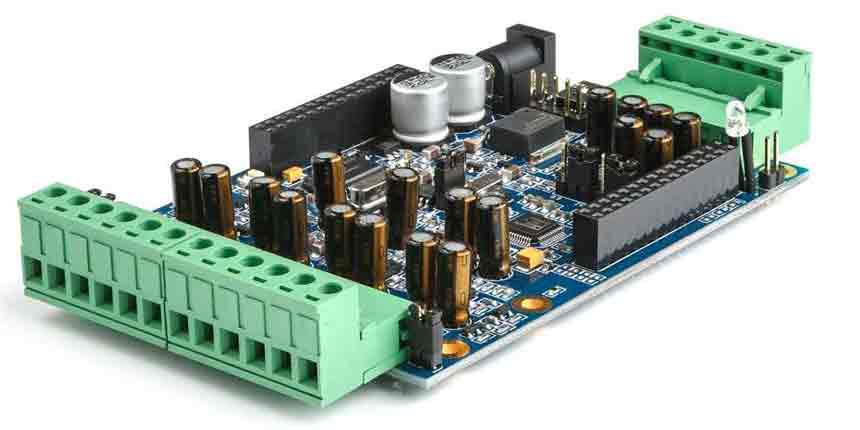
May 03, 2018 Written by Anurag Pant Digital image processor

DIGITAL IMAGE PROCESSOR
1.Digital image processing is the use of computer algorithms to perform image processing on digital images. As a subcategory or field of digital signal processing, digital image processing has many advantages over analog image processing. It allows a much wider range of algorithms to be applied to the input data and can avoid problems such as the build-up of noise and signal distortion during processing.
2. Digital image processing allows the use of much more complex algorithms, and hence, can offer both more sophisticated performance at simple tasks, and the implementation of methods which would be impossible by analog means.
3. Digital image processing deals with manipulation of digital images through a digital computer. It is a subfield of signals and systems but focus particularly on images.
4. DIP focuses on developing a computer system that is able to perform processing on an image. The input of that system is a digital image and the system process that image using efficient algorithms, and gives an image as an output.
5. Digital filters are used to blur and sharpen digital images. Filtering can be performed in the spatial domain by convolution with specifically designed kernels (filter array), or in the frequency (Fourier) domain by masking specific frequency regions.
6. Images are defined over two dimensions (perhaps more) digital image processing may be modeled in the form of multidimensional systems.
7.Digital cameras generally include specialized digital image processing hardware – either dedicated chips or added circuitry on other chips – to convert the raw data from their image sensor into a color-corrected image in a standard image file format.
8. Digital image processing focuses on two major tasks – Improvement of pictorial information for human interpretation – Processing of image data for storage, transmission and representation for autonomous machine perception.
9. One of the first applications of digital imaging was in the newspaper industry – The Bartlane cable picture transmission service – Images were transferred by submarine cable between London and New York – Pictures were coded for cable transfer and reconstructed at the receiving end on a telegraph printer.
10. The use of digital image processing techniques has exploded and they are now used for all kinds of tasks in all kinds of areas – Image enhancement/restoration – Artistic effects – Medical visualisation – Industrial inspection – Law enforcement – Human computer interfaces.